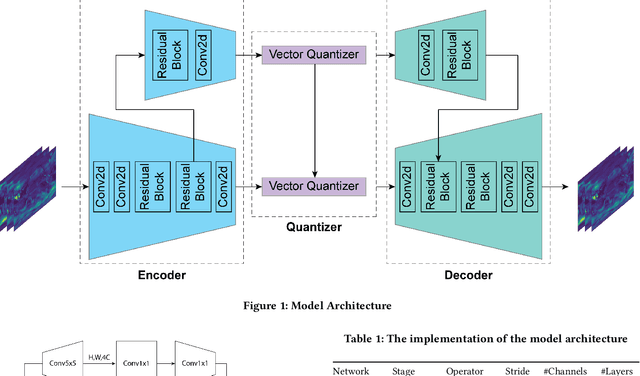Hernan Santos
Dynamic Data-Driven Digital Twin Testbed for Enhanced First Responder Training and Communication
Oct 18, 2024


Abstract:The study focuses on developing a digital twin testbed tailored for public safety technologies, incorporating simulated wireless communication within the digital world. The integration enables rapid analysis of signal strength, facilitating effective communication among personnel during catastrophic incidents in the virtual environment. The virtual world also helps with the training of first responders. The digital environment is constructed using the actual training facility for first responders as a blueprint. Using the photo-reference method, we meticulously constructed all buildings and objects within this environment. These reconstructed models are precisely placed relative to their real-world counterparts. Subsequently, all structures and objects are integrated into the Unreal Engine (UE) to create an interactive environment tailored specifically to the requirements of first responders.
Hierarchical Autoencoder-based Lossy Compression for Large-scale High-resolution Scientific Data
Jul 09, 2023



Abstract:Lossy compression has become an important technique to reduce data size in many domains. This type of compression is especially valuable for large-scale scientific data, whose size ranges up to several petabytes. Although Autoencoder-based models have been successfully leveraged to compress images and videos, such neural networks have not widely gained attention in the scientific data domain. Our work presents a neural network that not only significantly compresses large-scale scientific data but also maintains high reconstruction quality. The proposed model is tested with scientific benchmark data available publicly and applied to a large-scale high-resolution climate modeling data set. Our model achieves a compression ratio of 140 on several benchmark data sets without compromising the reconstruction quality. Simulation data from the High-Resolution Community Earth System Model (CESM) Version 1.3 over 500 years are also being compressed with a compression ratio of 200 while the reconstruction error is negligible for scientific analysis.
 Add to Chrome
Add to Chrome Add to Firefox
Add to Firefox Add to Edge
Add to Edge